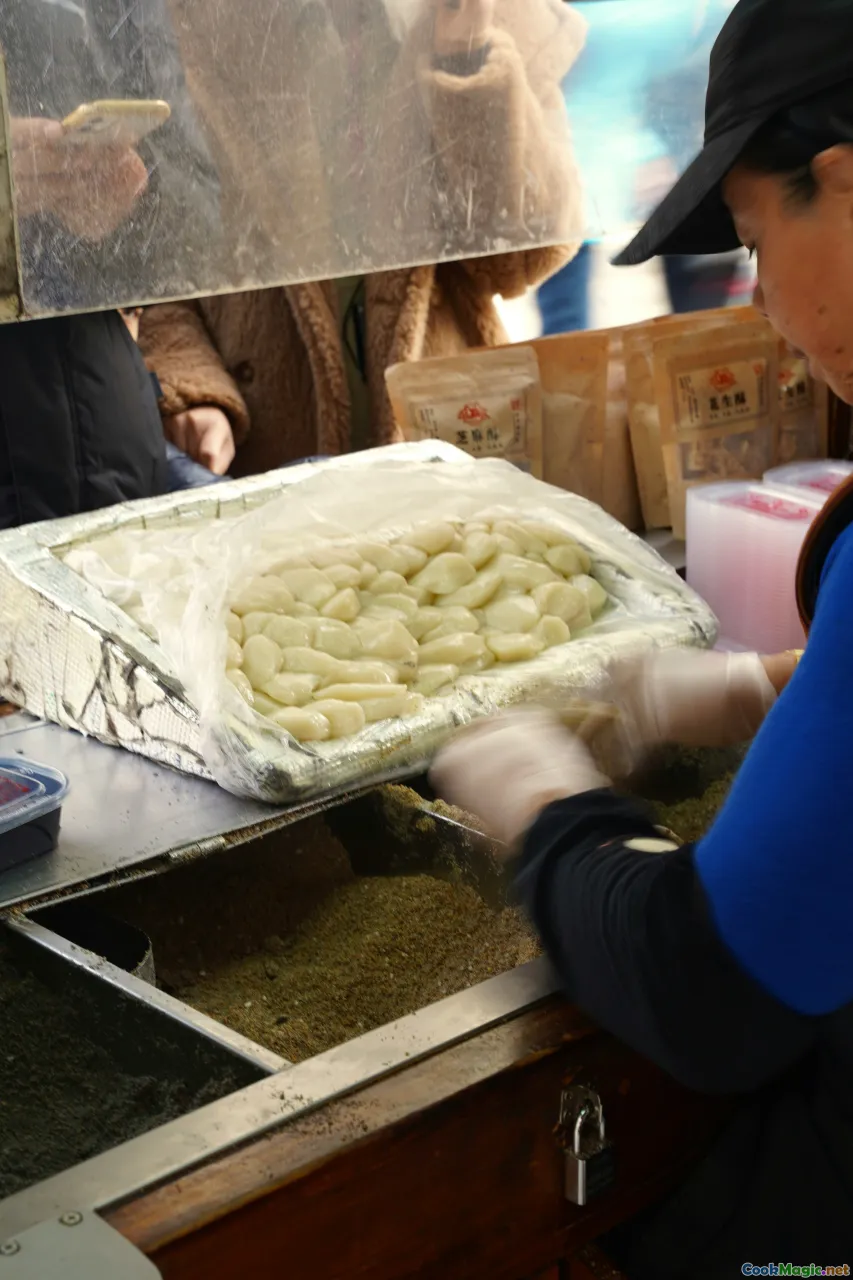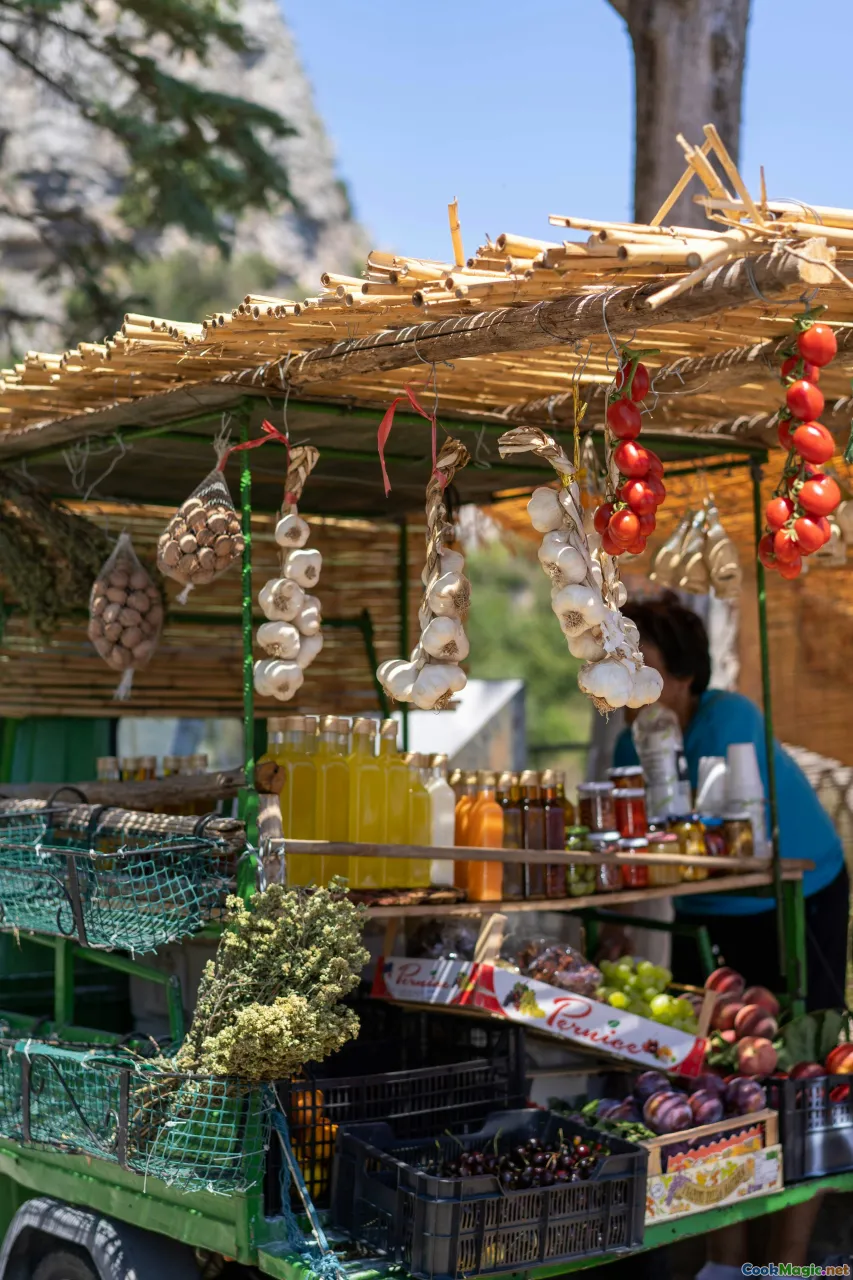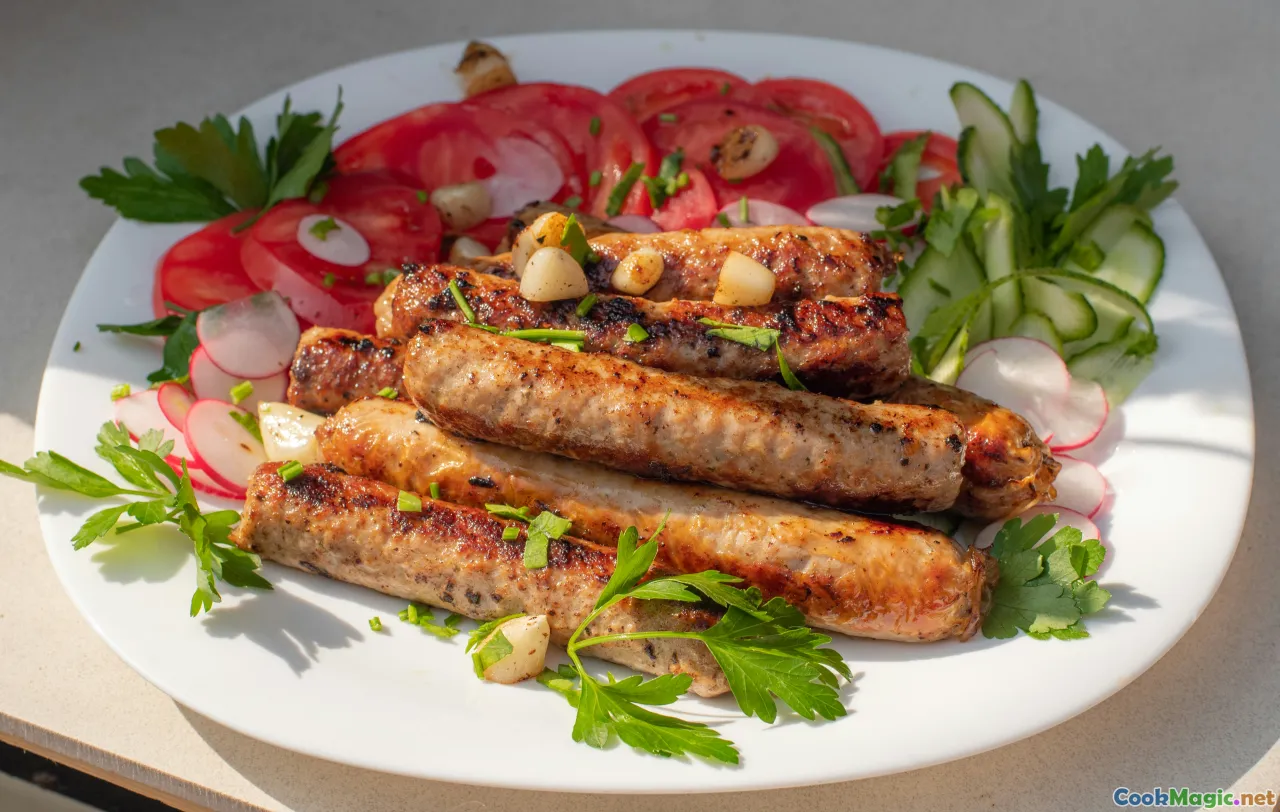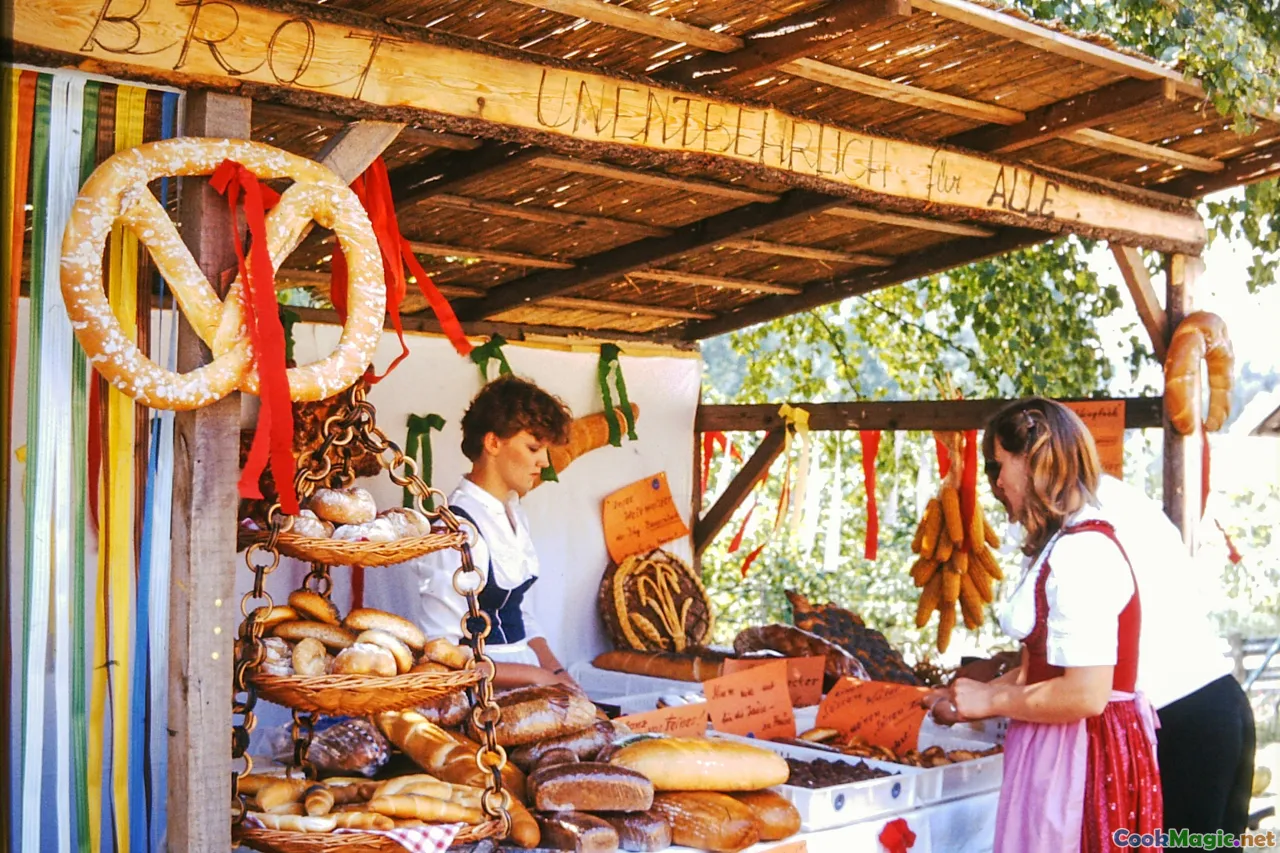Croatian Street Food: A Taste of Local Culture
10 min read Explore the vibrant street food scene in Croatia, showcasing authentic flavors and cultural traditions through popular local dishes. June 27, 2025 03:05
Croatian Street Food: A Taste of Local Culture
Stepping into the bustling streets of Croatia, one is immediately enveloped in a vibrant tapestry of aromas, sounds, and sights that tell stories of centuries-old traditions and living customs. Croatian street food is more than just quick bites; it's an edible mirror reflecting the soul of its people—passionate, hearty, inventive, and deeply connected to the land and sea.
Join me as we wander through the labyrinth of alleyways from Zagreb’s colorful Dolac Market stalls to the lively beachfront promenades of Split. Here, each bite unlocks centuries of history, communal bonds, and an unyielding spirit of resilience that has shaped Croatian cuisine into a compelling, flavor-rich mosaic.
The Soul of Croatian Street Food: An Overview 
Croatian street food is an eclectic blend of influences—Roman, Illyrian, Venetian, Ottoman—that has evolved into a diverse culinary landscape. It’s characterized by its use of fresh, local ingredients—oily olives, sun-ripened tomatoes, fragrant herbs, and the freshest seafood—and an emphasis on flavors that satisfy both the stomach and the soul.
From the sun-drenched coastlines to the lush hinterlands, these quick bites are rooted in tradition but constantly adapting to modern tastes. Whether it's the smoky scent of grilled meats or the fragrant zest of Mediterranean herbs, Croatian street food invites travelers and locals alike to indulge in a sensory feast.
Iconic Croatian Street Snacks: Tasting the Classics 
Burek: The Think-Paste of Balkan Heritage
Burek, a flaky, golden-brown pastry filled with seasoned minced meat, cheese, or spinach, is ubiquitous across Croatian markets. Its origins trace back to Ottoman influences, yet each region has cultivated its own version. Crisp yet tender, with layered phyllo that shatters on the tongue and oozes flavorful fillings, burek is eaten hands-on, often accompanied by a cooling side of yogurt.
Čevapi: Balkan Mini Sausages
Another street favorite—particularly across Dalmatia and the outskirts—is čevapi. These small, spicy sausage-like parcels of seasoned minced beef or lamb are grilled to perfection and served with fluffy somun bread. Top it with chopped onions or a dollop of ajvar, the roasted red pepper relish, to amplify the smoky richness.
Fritule: Sweet Croatian Bites
For those with a sweet tooth, fritule—bite-sized dough balls dusted with powdered sugar—bring festive joy. Often flavored with raisins, lemon zest, or rum, these morsels are fried until golden, crispy on the outside and soft within, illuminating street corners with their enticing fragrance.
Tip: Seek out vendors during local festivals or markets for the most authentic fritule experience—fresh, hot, and bubbling.
Sensory Journey: Tasting the Coastal Flavors 
The Dalmatian coast’s street food scene is a celebration of the sea, drawing from centuries of maritime traditions. Imagine strolling along Split’s Riva promenade during sunset, catching whiffs of grilled sardines, freshly caught and charred to perfection. Tiny skewers of calamari—often seasoned with garlic, olive oil, and parsley—appear from roadside grills. The textures are tender, with a beautifully smoky crust.
Fresh, crusty baguettes accompany these seafood delights, allowing savoring the rich juices and briny flavors. Don’t forget to sample the famousmorski plavet—a seafood platter of shellfish, octopus, and fish, showcasing the coast’s bounty.Personal insight: I once savor a grilled school fish wrapped in foil at a seaside stall in Hvar. The aroma of herbs and lemon infused through the flaky flesh created a simple yet profound moment—proof that sometimes, the purest ingredients tell the best stories.
The Traditional Market Experience: Where Culture Meets Cuisine 
No exploration of Croatian street food is complete without experiencing a bustling marketplace—like Zagreb’s Dolac or Split’s Pazar. Here, vendors cheerfully display vibrant produce—glossy tomatoes, fragrant basil, oily olives—all ready to find their way into a quick snack or a home-cooked meal.
Interactions are warm and personal, often involving a story or a bit of history behind the ingredients. Sampling cheeses likePaški sir (cheese from Pag Island) or dried figs invites a deeper appreciation for regional diversity.Tip: Approach vendors directly; many offer tapaš—small tasting portions—which encourage sampling and discovery before purchasing.
How to Cook Croatian Street Food at Home: Bringing the Market to Your Kitchen 
Experience the essence of Croatian street cuisine by recreating some classic dishes in your own kitchen. Here’s how:
Making Burek
**Ingredients:**in filo dough, ground beef or spinach, onion, paprika, yogurt.Steps:
- Sauté chopped onions with seasoned meat or spinach until cooked.
- Layer a few sheets of filo in a buttered baking dish, brushing each sheet with melted butter.
- Spread the filling evenly.
- Cover with more filo, drizzle with butter, and bake until golden.
- Serve warm with a side of yogurt and fresh herbs.
Preparing Čevapi
**Ingredients:**ground beef and lamb, garlic, paprika, cayenne, salt, pepper.Steps:
- Mix meat with spices and form small, finger-length sausages.
- Grill over medium-high heat until charred and cooked through.
- Serve with warm bread, chopped onions, and ajvar.
Cooking Croatian street food at home allows you to control quality while immersing yourself in the rich flavors and techniques passed down through generations.
Celebrating Croatian Food Culture: Festivals and Social Customs 
Participating in or attending Croatian festivals offers an opportunity to experience street food in a communal, al fresco setting. During Dubrovnik’s Summer Festival or Zagreb’s Advent market, food stalls flourish, serving authentic bites amidst music, dance, and lively chatter.
Sharing a plate ofpasticada (slow-cooked beef) with locals fosters a feeling of belonging. These gatherings honor traditions—like the annual Klapa singing festivals or the Kuharijada food festival—embracing what Croatian cuisine represents: passion, togetherness, and pride.Personal tip: Engage with vendors and hosts; many are eager to share stories and recipes, turning a simple street snack into an unforgettable cultural experience.
Croatian street food is a celebration of history, geography, and community—an edible thread woven through centuries of cultural exchange. Whether savoring a crispy burek, relishing aromatic čevapi, or enjoying the freshest seaside seafood, each encounter deepens your connection to this captivating country. So, next time you seek a taste of Croatia, remember that behind every platter, there’s a story waiting to be told—one bite at a time.















